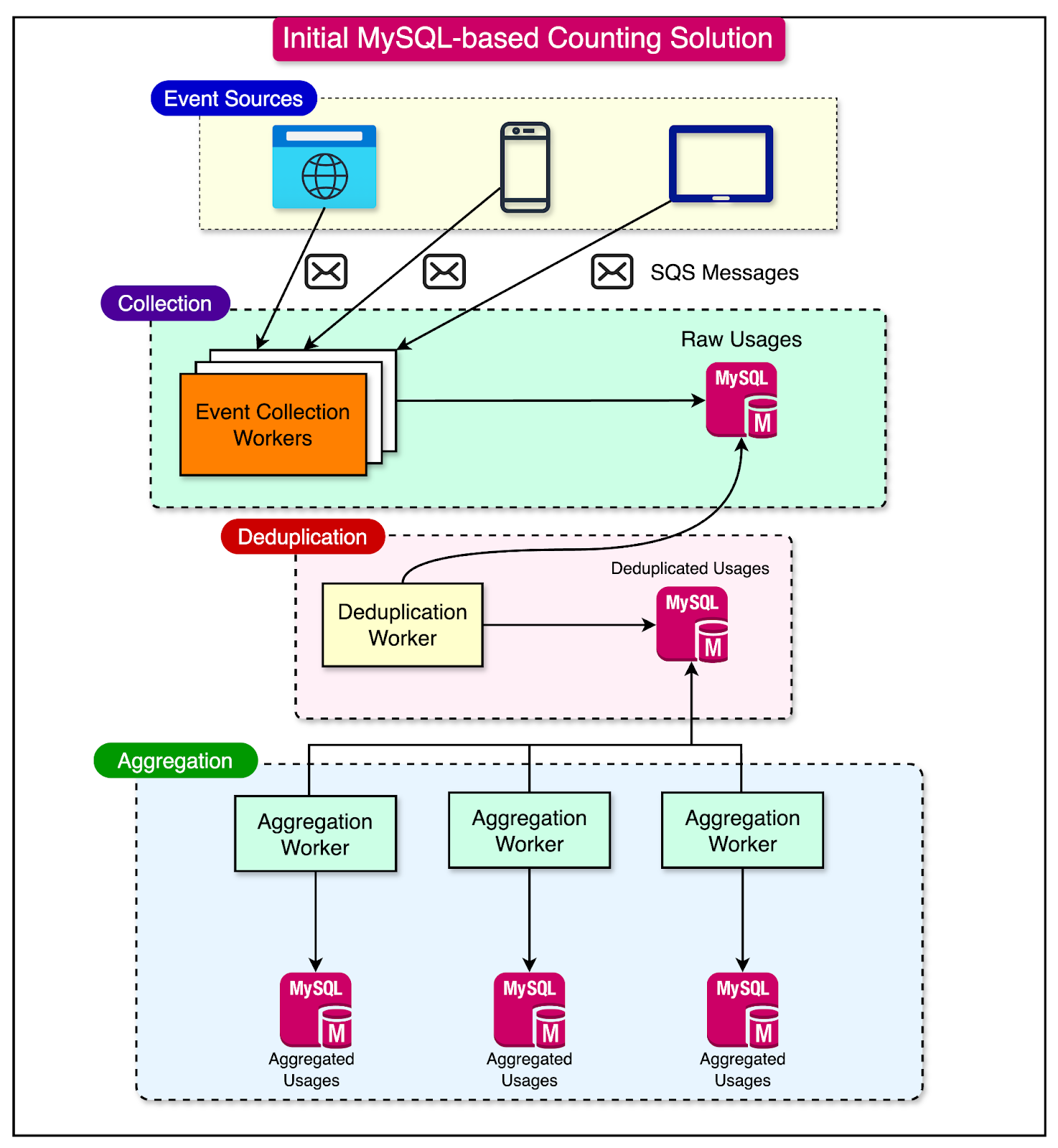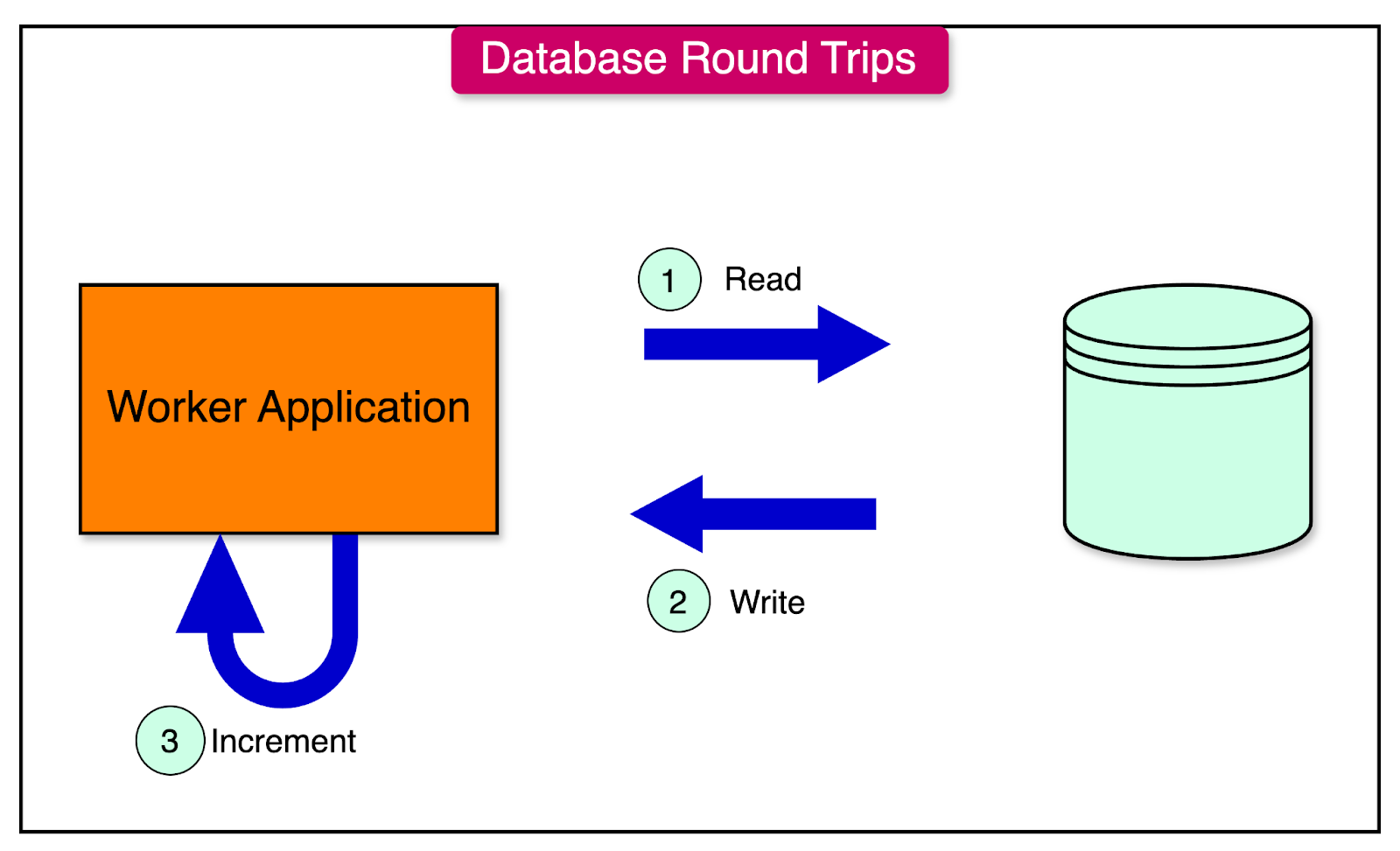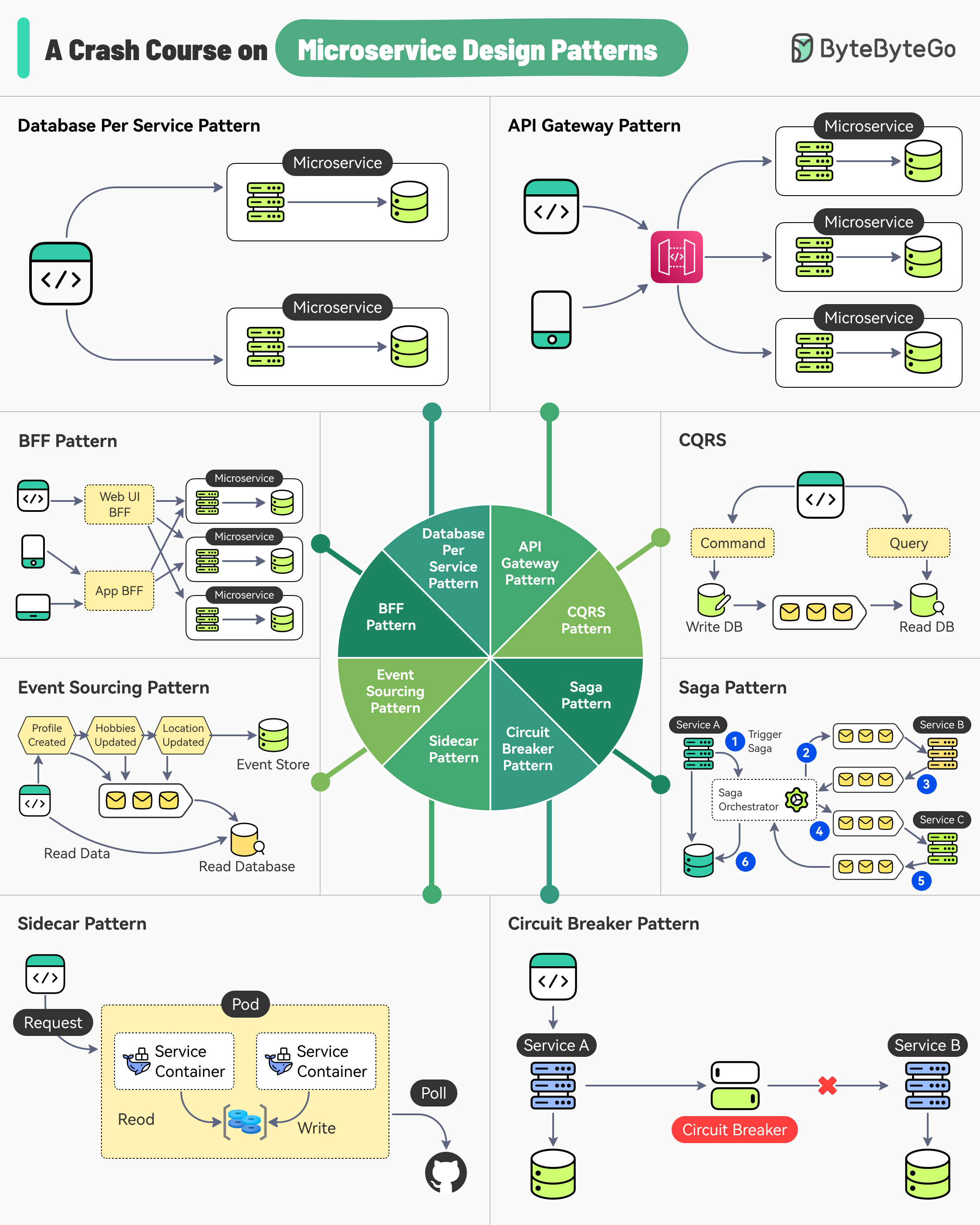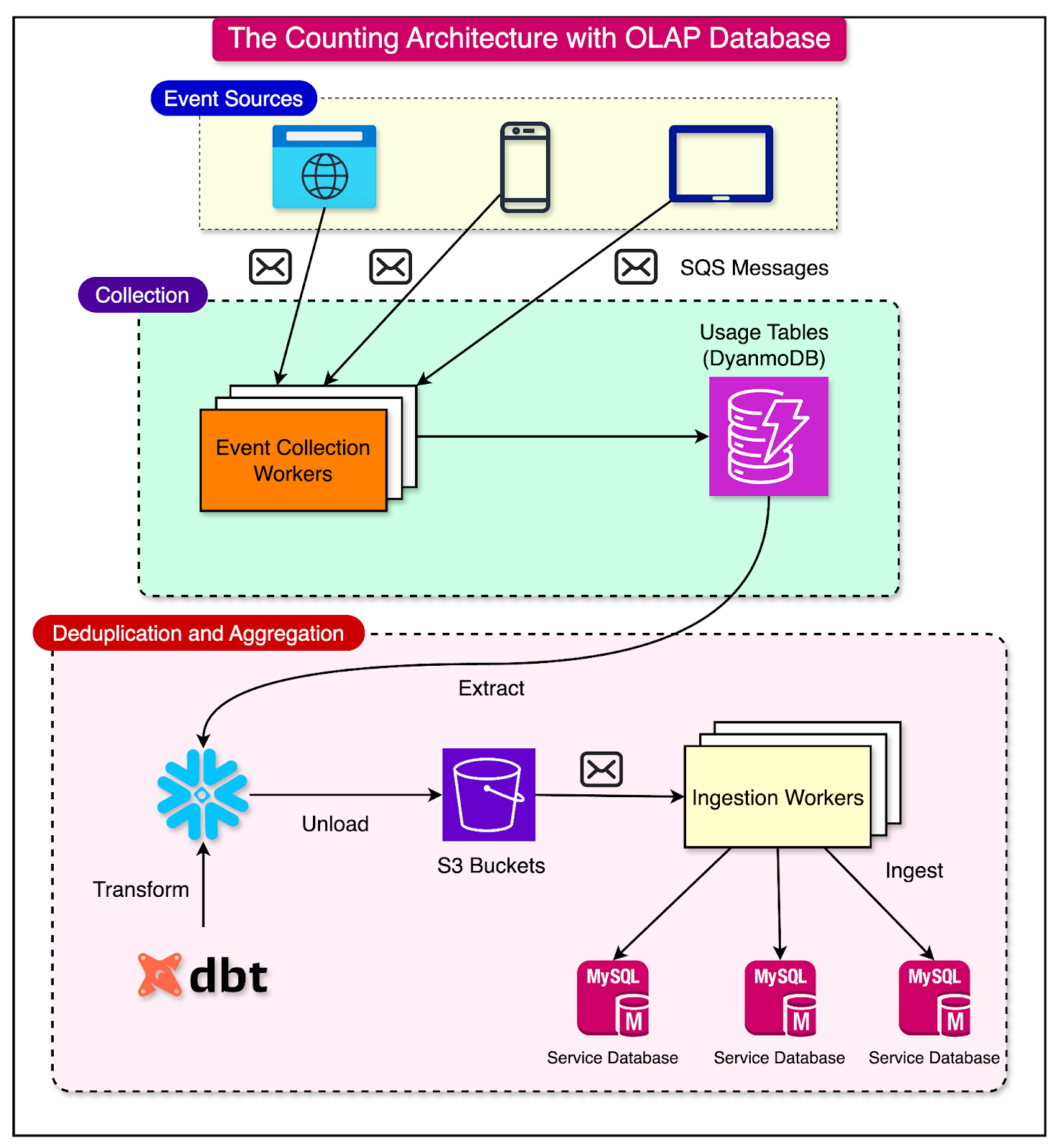- Mailing Lists
- in
- Counting Billions of Content Usage at Canva
Archives
- By thread 5358
-
By date
- June 2021 10
- July 2021 6
- August 2021 20
- September 2021 21
- October 2021 48
- November 2021 40
- December 2021 23
- January 2022 46
- February 2022 80
- March 2022 109
- April 2022 100
- May 2022 97
- June 2022 105
- July 2022 82
- August 2022 95
- September 2022 103
- October 2022 117
- November 2022 115
- December 2022 102
- January 2023 88
- February 2023 90
- March 2023 116
- April 2023 97
- May 2023 159
- June 2023 145
- July 2023 120
- August 2023 90
- September 2023 102
- October 2023 106
- November 2023 100
- December 2023 74
- January 2024 75
- February 2024 75
- March 2024 78
- April 2024 74
- May 2024 108
- June 2024 98
- July 2024 116
- August 2024 134
- September 2024 130
- October 2024 141
- November 2024 171
- December 2024 115
- January 2025 216
- February 2025 140
- March 2025 220
- April 2025 233
- May 2025 239
- June 2025 303
- July 2025 171
Counting Billions of Content Usage at Canva
Counting Billions of Content Usage at Canva
Hands-on Rust Developer Workshop: Build a Low-Latency Social Media App (Sponsored)During this free interactive workshop oriented for developers, engineers, and architects, you will learn how to:
If you’re an application developer with an interest in Rust, Tokio, and event-driven architectures this workshop is for you! This is a great way to discover the NoSQL strategies used by top teams and apply them in a guided, supportive environment. Disclaimer: The details in this post have been derived from the Canva Engineering Blog. All credit for the technical details goes to the Canva engineering team. The links to the original articles are present in the references section at the end of the post. We’ve attempted to analyze the details and provide our input about them. If you find any inaccuracies or omissions, please leave a comment, and we will do our best to fix them. What if incorrect counting results in incorrect payments? Either the company making the payment or the users receiving that payment based on the incorrect count lose money. Both scenarios are problematic from the business perspective. This is exactly the situation that Canva faced when they launched the Creators Program. As you might already know, Canva is a tool that makes design accessible to everyone worldwide. One of the main ways they make this possible is through the Canva Creators Program. In the three years since its launch, the use of content from this program has doubled every 18 months. They process billions of content uses monthly based on which the creators are paid. This includes the use of templates, images, videos, and more. It is a critical requirement for Canva to count the usage data of this content accurately since the payments made to the creators depend on this data. However, it also presents some big challenges:
In this post, we will look at the various architectures Canva’s engineering team experimented with to implement a robust counting service and the lessons they learned in the process. The Initial Counting Service DesignCanva's original design for the content usage counting service was built on a MySQL database, a familiar and widely-used technology stack. This initial design comprised several key components:
The process flow for the solution could be broken down into three main steps:
The diagram below shows the architecture on a high level. This architecture employed a single-threaded sequential process for deduplication, using a pointer to track the latest scanned record. While this approach made it easier to reason about and verify data processing, especially during troubleshooting or incident recovery, it faced significant scalability challenges. The system required at least one database round trip per usage record, resulting in O(N) database queries for N records, which became increasingly problematic as data volume grew. The initial MySQL-based architecture prioritized simplicity and familiarity over scalability. It allowed for quick implementation but created substantial challenges as the system expanded.
Latest articlesIf you’re not a paid subscriber, here’s what you missed. To receive all the full articles and support ByteByteGo, consider subscribing: Migration to DynamoDBFaced with the scalability limitations of the MySQL-based counting service, the team initially looked to DynamoDB as a potential solution. This decision was primarily driven by DynamoDB's reputation for handling large-scale, high-throughput workloads - a perfect fit for Canva's rapidly growing data needs. The migration process began with moving raw usage events from the data collection stage to DynamoDB, which provided immediate relief to the storage constraints. This initial success prompted the team to consider moving the entirety of their data to DynamoDB. It was a move that would have necessitated a substantial rewrite of their codebase. However, after careful evaluation, Canva decided against a full migration to DynamoDB. While DynamoDB could have effectively addressed the storage scalability issues, it wouldn't have solved the fundamental problem of processing scalability. The team found it challenging to eliminate the need for frequent database round trips, which was a key bottleneck in their existing system. This reveals a crucial lesson in system design: sometimes, what appears to be a storage problem is a processing problem in disguise. Canva's approach clearly shows the importance of thoroughly analyzing the root causes of system limitations before committing to major architectural changes. It also highlights the complexity of scaling data-intensive applications, where the interplay between storage and processing capabilities can be subtle and non-obvious. The OLAP-based Counting ServiceCanva's latest architecture for the content usage counting service shows a shift from traditional OLTP databases to an OLAP-based solution, specifically using Snowflake. The change came after realizing that previous attempts with MySQL and DynamoDB couldn't adequately address their scalability and processing needs. The new architecture altered how Canva processed and stored the usage data, adopting an ELT (Extract, Load, Transform) approach. The diagram below shows the new architecture: In the extraction phase, Canva pulled raw usage data from various sources, including web browsers and mobile apps. This data was then loaded into Snowflake using a reliable data replication pipeline provided by Canva’s data platform team. The reliability of this data replication was crucial, as it formed the foundation for all subsequent processing. The transformation phase used Snowflake's powerful computational capabilities. It also utilized DBT (Data Build Tool) to define complex transformations. These transformations were written as SQL-like queries, allowing for end-to-end calculations directly on the source data. For example, one transformation aggregated usages per brand using a SQL query that selected data from a previous step named 'daily_template_usages' and grouped it by ‘day_id’ and ‘template_brand’. The SQL below shows the aggregate query.
The main steps in the transformation process were as follows:
A key aspect of this new architecture was the elimination of intermediary outputs. Instead of persisting data at various pipeline stages, Canva materialized intermediate transformation outputs as SQL Views. The Advantage of OLAP DatabaseThe separation of storage and computing in an OLAP database like Snowflake was a game-changer for Canva. It enabled them to scale computational resources independently. As a result, they could now aggregate billions of usage records within minutes, a task that previously took over a day. This improvement was largely due to most of the computation being done in memory, which is several orders of magnitude faster than the database round trips required in their previous architecture. There were several improvements such as:
Challenges of the New SolutionDespite the advantages, the solution also introduced new challenges such as:
ConclusionCanva’s journey of implementing the counting service for the Creators Program is full of learning for software developers and architects. Some of the key points to take away are as follows:
References: SPONSOR USGet your product in front of more than 1,000,000 tech professionals. Our newsletter puts your products and services directly in front of an audience that matters - hundreds of thousands of engineering leaders and senior engineers - who have influence over significant tech decisions and big purchases. Space Fills Up Fast - Reserve Today Ad spots typically sell out about 4 weeks in advance. To ensure your ad reaches this influential audience, reserve your space now by emailing sponsorship@bytebytego.com © 2024 ByteByteGo |
by "ByteByteGo" <bytebytego@substack.com> - 11:35 - 13 Aug 2024





